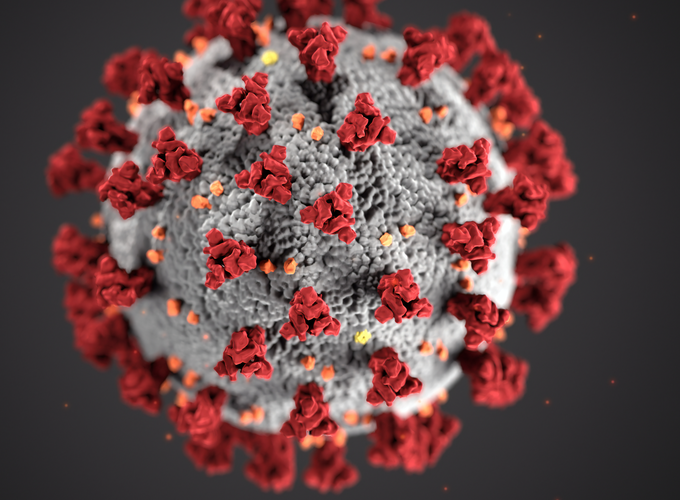Comparing 911 and emergency hotline calls for domestic violence in seven cities: What happened when people started staying home due to COVID-19?
Abstract
Research Summary: We examine changes in help-seeking for domestic violence (DV) in seven U.S. cities during the COVID-19 pandemic. Using Bayesian structural time-series modeling with daily data to construct a synthetic counterfactual, we test whether calls to police and/or emergency hotlines varied in 2020 as people stayed home due to COVID-19. Across this sample, we estimate there were approximately 1,030 more calls to police and 1,671 more calls to emergency hotlines than would have occurred absent the pandemic. Policy Implications: Inter-agency data sharing and analysis holds great promise for better understanding localized trends in DV in real time. Research-practitioner partnerships can help DV coordinated community response teams (CCRTs) develop accessible and sustainable dashboards to visualize data and advance community transparency. As calls for drastic changes in policing are realized, prioritization of finite resources will become critical. Data-driven decision-making by CCRTs provides an opportunity to work within resource constraints without compromising the safety of DV victims.
